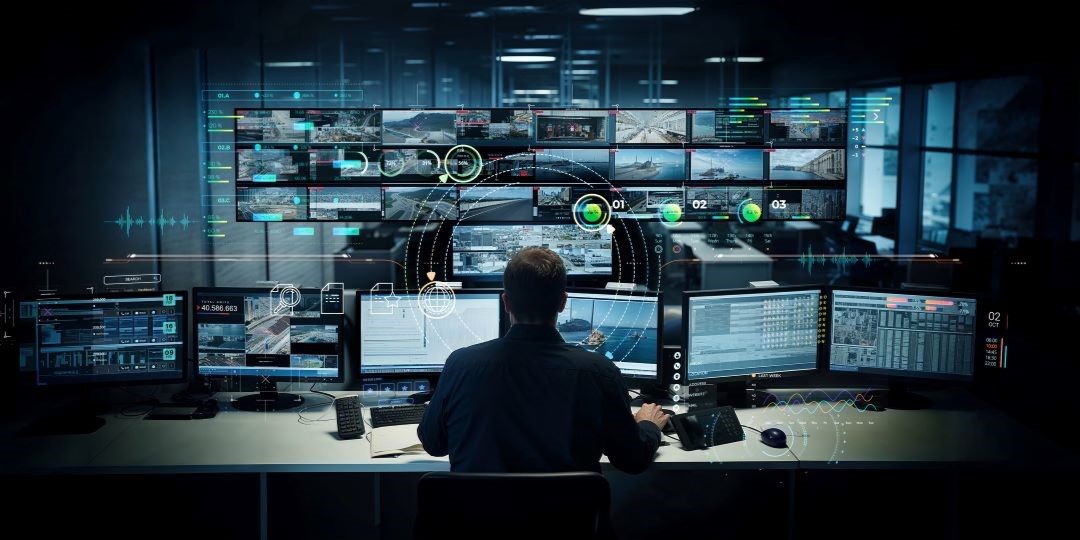By NERC Reliability Specialist Troy DahlgrenThere’s only a handful of NERC Reliability Standards that require training for personnel, particularly for the Generator Operator (GOP). PER-006-1 is the latest Standard to join that list. Effective April 1st, 2021, the lone requirement in PER-006-1 replaced the PRC-001-1.1(ii) requirement for the GOP to be familiar with the purpose and limitations of the Protection System schemes in its area. This former requirement was considered by many to be vague in its desired audience and content that would be measurable and enforceable. PER-006-1 clarifies not only the subject of the training to be given, but the intended recipients as well. Applicable to the GOP function, PER-006-1 applies to those personnel at the plant that are responsible for the real-time control of the generator and are able to receive Operating Instructions from the Transmission Operator, the Balancing Authority, or the Reliability Coordinator.
In order to clarify the subject of the training, PER-006-1 dictates that these personnel are to be trained on the operational functionality of the Protection Systems and Remedial Action Schemes (RAS) that affect the output of the generating facility(ies) those personnel operate. To cover the operational functionality, training material should include discussion of the purpose of the protective relays and RAS in service at the facility, such as having a Differential Protection Relay installed on a main transformer to detect faults internal to the transformer and protect against additional damage due to them. The training should also cover topics like the overlapping zones of protection employed when designing the protection systems of the generation facilities, voltage and current inputs to the protective relays, and the station dc supplies associated with them. Any communication systems related with the protection should be explained as well, for instance a relay at the end of the line that could send a trip signal to the generating facility. Finally, the resulting actions of the protective relay needs to be incorporated. Ultimately, it’s important for the operating personnel to understand the fault conditions that would result in a circuit breaker opening or a change in the generation output.
In order to demonstrate compliance with this Standard, the GOP should begin by being prepared with a list of personnel who can control the generation in real-time. This list should include every employee who has fulfilled that role starting from the effective date of the Standard to the date of the compliance review, regardless of their current position. Whether that person has left the company or changed roles within the organization, that transition date should be maintained as well. Having these two dates establishes the timeline of when the Standard was applicable to that person. The next date to have associated to each person is the date they received their training. For the majority, this will likely be a date prior to the effective date of April 1st, 2021, but for others it may be the date they became qualified to operate the generator. It’s highly recommended to incorporate this training into the qualification process for new hires.
The next piece of evidence to maintain is the record of the training itself. Minimally, the GOP needs to record the subject of the training and enough detail to describe the operational functionality of those Protection Systems and RAS affecting the generation output. Ideally, the presentation or course content itself should be recorded in a format that is deliverable to the Compliance Enforcement Authority, such as a PDF or PowerPoint presentation.
There is no periodicity specified for giving the training within PER-006-1. This implies that once a person has received their initial training, no follow-up training is required until there has been a change in those Protection Systems. As a best practice, this training can be implemented on an annual basis. This ensures that personnel responsible for the reliable operation of the generation facilities stay aware of the devices protecting the generator and the conditions that could ultimately affect its electrical output.
